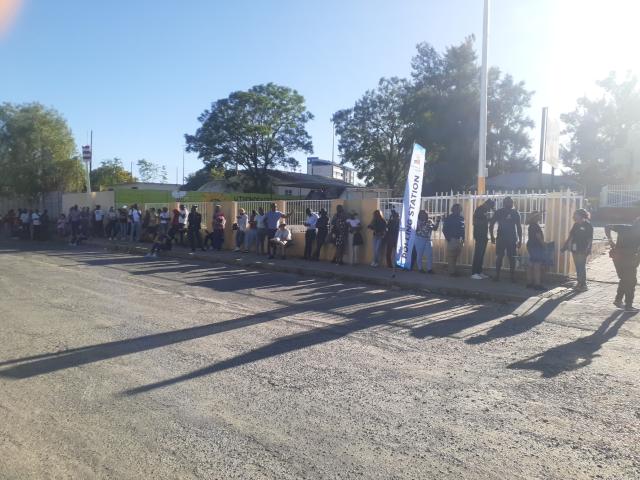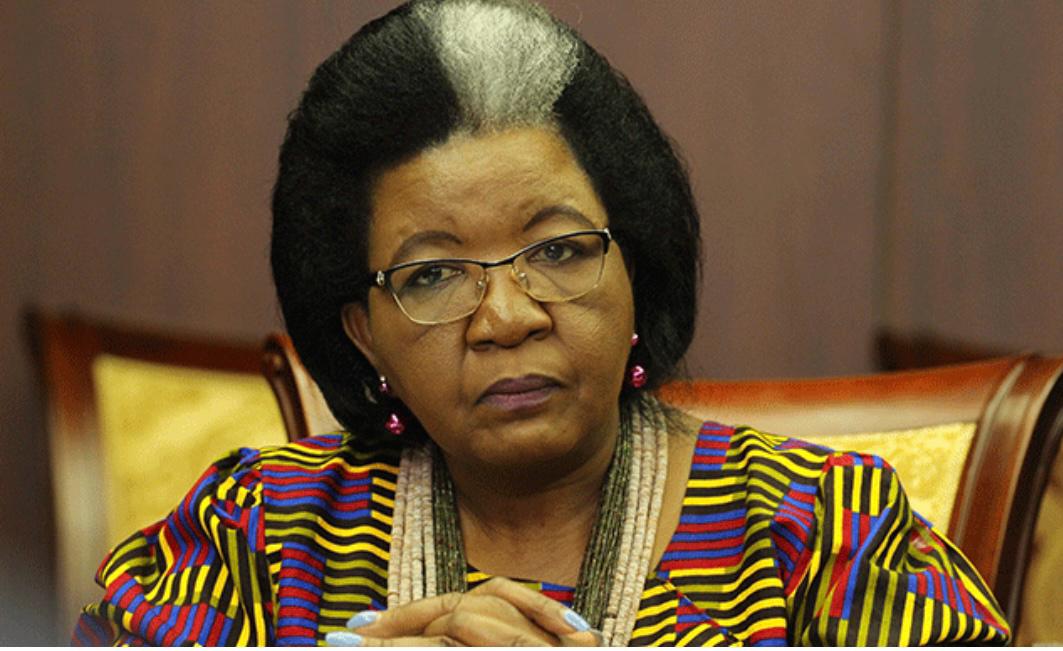NEW YORK – We are in the midst of the worst financial crisis since the 1930’s. The salient feature of the crisis is that it was not caused by some external shock like Opec raising the price of oil. It was generated by the financial system itself.
This fact – a defect inherent in the system – contradicts the generally accepted theory that financial markets tend towards equilibrium and deviations from the equilibrium occur either in a random manner or are caused by some sudden external event to which markets have difficulty in adjusting. The current approach to market regulation has been based on this theory but the severity and amplitude of the crisis proves convincingly that there is something fundamentally wrong with it.
I have developed an alternative theory which holds that financial markets do not reflect the underlying conditions accurately. They provide a picture that is always biased or distorted in some way or another. More importantly, the distorted views held by market participants and expressed in market prices can, under certain circumstances, affect the so-called fundamentals that market prices are supposed to reflect.
I call this two-way circular connection between market prices and the underlying reality ‘reflexivity’. I contend that financial markets are always reflexive and on occasion they can veer quite far away from the so-called equilibrium. In other words, financial markets are prone to produce bubbles.
The current crisis originated in the subprime mortgage market. The bursting of the US housing bubble acted as a detonator that exploded a much larger super-bubble that started developing in the 1980’s when market fundamentalism became the dominant creed. That creed led to deregulation, globalisation, and financial innovations based on the false assumption that markets tend towards equilibrium.
The house of cards has now collapsed. With the bankruptcy of Lehman Brothers in September, 2008 the inconceivable happened: the financial system went into cardiac arrest. It was immediately put on artificial respiration: the authorities in the developed world effectively guaranteed that no other important institution would be allowed to fail.
But countries at the periphery of the global financial system could not provide equally credible guarantees. This precipitated capital flight from countries in Eastern Europe, Asia, and Latin America. All currencies fell against the dollar and the yen. Commodity prices dropped like a stone, and interest rates in emerging markets soared.
The race to save the international financial system is still in progress. Even if it is successful, consumers, investors, and businesses are undergoing a traumatic experience whose full impact is yet to be felt. A deep recession is inevitable and the possibility of a depression cannot be ruled out.
So what is to be done?
Because financial markets are prone to create asset bubbles, regulators must accept responsibility for preventing them from growing too big. Until now, financial authorities have explicitly rejected that responsibility.
Of course, it is impossible to prevent bubbles from forming, but it should be possible to keep them within tolerable bounds. This cannot be done simply by controlling the money supply. Regulators must also take into account credit conditions, because money and credit do not move in lockstep. Markets have moods and biases, which need to be counterbalanced. To control credit as distinct from money, additional tools must be employed – or, more accurately, reactivated, since they were used in the 1950’s and 1960’s. I refer to varying margin requirements and the minimal capital requirements of banks.
Today’s sophisticated financial engineering can render the calculation of margin and capital requirements extremely difficult, if not impossible. Therefore new financial products must be registered and approved by the appropriate authorities before being sold.
Counterbalancing the mood of the market requires judgment, and because regulators are human, they are bound to get it wrong. They have the advantage, however, of getting feedback from the market, which should enable them to correct their mistakes. If a tightening of margin and minimum capital requirements does not deflate a bubble, regulators can tighten some more. But the process is not foolproof, because markets can also be wrong. The search for the optimum equilibrium is a never-ending process of trial and error.
This cat-and-mouse game between regulators and market participants is already ongoing, but its true nature has not yet been acknowledged. Alan Greenspan, the former US Federal Reserve chairman, was a master of manipulation with his Delphic utterances, but instead of acknowledging what he was doing, he pretended that he was merely a passive observer. That is why asset bubbles could grow so large during his tenure.
Because financial markets are global, regulations must also be international in scope. In the current situation, the International Monetary Fund (IMF) has a new mission in life: to protect the periphery countries against the effects of storms that originate at the center, namely the US.
The US consumer can no longer serve as the motor of the world economy. To avoid a global depression other countries must also stimulate their domestic economies. But periphery countries without large export surpluses are not in a position to employ countercyclical policies. It is up to the IMF to find ways to finance countercyclical fiscal deficits. This could be done partly by enlisting sovereign wealth funds and partly by issuing Special Drawing Rights so that rich countries that can finance their own fiscal deficits could cede to poorer countries that cannot.
While international regulation must be strengthened for the global financial system to survive we must also beware of going too far. Markets are imperfect but regulations are even more so. Regulators are not only human; they are also bureaucratic and subject to political influences. Regulations should be kept to the minimum necessary to maintain stability.
– George Soros is chairman of Soros Fund Management. Copyright: Project Syndicate, 2008 – www.project-syndicate.org
Stay informed with The Namibian – your source for credible journalism. Get in-depth reporting and opinions for
only N$85 a month. Invest in journalism, invest in democracy –
Subscribe Now!








